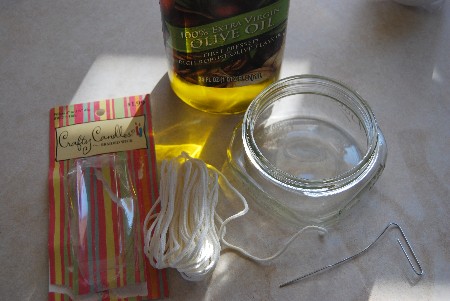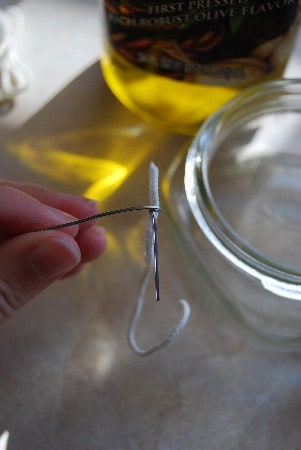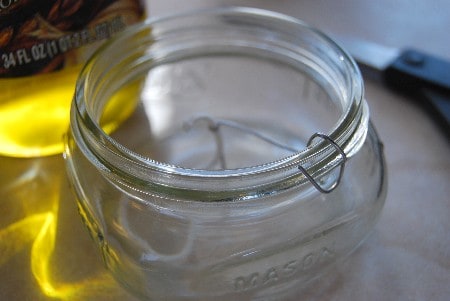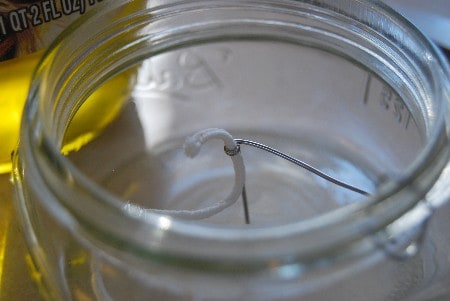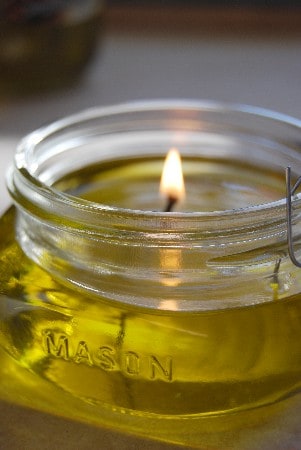Preparing for Power Blackouts – Plan Ahead
and You Can Weather Any Storm
Today we publish a post by survival author, blog writer, and emergency preparedness consultant M.D. Creekmore of The Survivalist Blog . He is the author of “31 Days to Survival” and “The Dirt Cheap Survival Retreat” and his blog has more than 3,000 articles posted on survival and self-reliance topics.)
Power outages are nothing new and thousands of homes are without power every year in the U.S. most for only a few hours, but some for days or even weeks – would you be prepared if the power stayed off for several days or even months?
Such extended power outages are a real possibility after a serious hurricane, winter storm or even the result of a terrorist attack affecting the power grid or an EMP strike. The U.S. runs on electricity, without a functional power grid the U.S. would come to a standstill. Without electrical power, gas pumps no longer work, scanners at the supermarket will fail, radio and television stations go off the air and computers fail to connect to the web.
Could you provide for your family?
Everyone should plan for and prepare for the possibility of being without power for an extended period of time, but where do you start. What do you need to put away so the next blackout won’t become a nightmare. Let’s take a look…
Have Safe Water
Every emergency kit should begin with a safe supply of drinking water. Granted, if you are on a municipal water supply your water may not be affected by a power outage, but you should still stock up. If backup power fails at water-treatment plants then that water may become unsafe for drinking or cooking and need to be boiled, or treated before use. Including water in your emergency kit is always a good idea no matter how secure you think your current method of supply.
The Federal Emergency Management Agency (FEMA) recommends storing at least one gallon of water per day per person for emergency use. A normally active person needs at least one-half gallon of water daily just for drinking they state. You’ll also need to take into consideration age, physical condition, activity, diet, and climate to determine needed qualities. And don’t forget about your pets, they need water too.
I live off-the grid with most of my water provided from a nearby spring, but I still include stored water in my emergency kit. The easiest way to store drinking water is to simply buy bottled water from the supermarket shelf. But it is cheaper to store water from your own tap. I store most of my water in six-gallon water jugs bought in the sporting goods department at my local Wal-Mart for the purpose. But you can use cleaned 2 liter plastic bottles instead.
Some of the readers of The Survivalist Blog, have asked about using milk jugs for water storage, and I always recommend against it. While milk jugs can work short-term, they are prone to leakage and the plastic deteriorates quickly. Milk jugs are also more susceptible to bacterial growth because of milk proteins that are often left in the container even after cleaning. A much better solution is two liter plastic soda bottles.
If using two liter plastic soda bottles the Federal Emergency Management Agency (FEMA) recommends sanitizing the bottles after cleaning with dishwashing soap and water, by adding a solution of 1 teaspoon of non-scented liquid household chlorine bleach to a quart of water. Swish the sanitizing solution in the bottle so that it touches all surfaces. After sanitizing the bottle, thoroughly rinse out the sanitizing solution with clean water.
Contrary to what you may have read elsewhere, there is no need to add liquid household chlorine bleach to tap water before storage as this water has already been treated by the water utility company. In this case all you need to do is fill the bottles to the top and tightly screw on the cap.
Emergency Food
Next you need food. This should include things your family already eats you just need to store extra for your emergency kit. Canned soups, meats, nuts, fruits and vegetables, peanut butter, dried fruits and vegetables and crackers for example will last at least a year if stored in unopened air tight containers.
Self-rising flour, corn meal, sugar, salt, rolled oats and other died goods should be stored in air tight, food safe containers made of plastic or glass to keep out pests and moister. One mistake a lot of people make is not using what they’ve stored. They buy up a bunch of foods for emergencies; they put it on the shelf and end up throwing it out when it passes the listed expiration date.
This can be avoided by implementing a simple food rotation program.
Date each container with a permanent marker or date stamp and use on a first-in first-out basis (FIFO). As each item is used in your normal everyday meals, replace that item with a new product of the same value, date and repeat. If you follow this simple principle you will never have to discard food from your emergency kit and will always have a fresh supply on hand for emergencies. With canned foods this rotation can be automated by building or buying a building a rotating canned food shelf.
I suggest you keep at least a two-week emergency food supply on hand at all times, several months to a year would be even better, but isn’t practical for most people. This food storage calculator is a big help when determining needed amounts, but it isn’t exact and you will have to make the final decision based on your family’s eating habits.
Heating and Cooking
Most power outages in the U.S. happen during periods of extreme weather. For example, in 1993, I was without power for three weeks after an ice storm blanketed my area. Luckily, I had a fireplace for heating and cooking and a supply of wood to keep the fire burning. But, many folks aren’t so lucky and need to make other preparations for cooking and staying warm.
Kerosene heaters can be used for heating and even cooking with certain models, for example the Alpaca Kerosene Cooker. Kerosene can be stored in large quantities for long periods of time without any special treatment. It has been estimated that a gallon of kerosene will provide about the same heat output as a wheelbarrow load of wood!
Kerosene is easy to store and has a longer storage life than does gasoline. I store kerosene in blue cans marked for its use. Mistakenly pouring gasoline into a kerosene heater could have dire consequences. Following a color coding system helps avoid this possibility.
The main disadvantage to using a kerosene heater is that they can be smelly if not used properly, they have to be refilled every few hours and the wick needs to be replaced every few months depending on how much the heater is used during that time.
The standard fuel container color coding system is blue for kerosene, red for gasoline, and yellow for diesel. I suggest you follow this system. You’ll need roughly two – three gallons of kerosene per day with continues use, so for two weeks you would need a minimum of 28 gallon.
Keep in mind that this is only an estimate and actual usage will depend on several factors. Including but not limited to the type of heater, quality of the fuel, condition of the wick (don’t forget to add an extra wick to your emergency kit) and environmental conditions where the heater is used.
Propane heaters like the Mr Heater Buddy can be used indoors and in my opinion they are safer and more efficient than the kerosene heaters mentioned. I’ve used one of these heaters for the past two winters to heat my travel trailer with no problems what so ever. They work great and I like not having to refill the tank every few hours or needing to replace the wick as is the case when using kerosene.
I drilled a two-inch hole through my floor beside the outside wall and connected a 100 lb propane tank to my Mr Heater Buddy heater via a hose adapter and filter then sealed the hole around the hose with expanding foam insulation. This also has the advantage of keeping the fuel source outside. One 100 lb tank will last me over a month even in the coldest weather, if I keep the heater burning at the lowest setting.
The downside to the Buddy heater are that they are difficult to cook on and you’ll need a stove just for that purpose if you don’t already have a gas cook stove in your home. I suggest a small propane Colman camp stove; these can be found in the sporting goods department at your local Wal-Mart or Kmart.
It is recommended that portable gas camp stoves not be used indoors as the fumes can be deadly. Using the stove in a ventilated area will help reduce the risk of carbon monoxide poisoning. In other words crack a window or door and have a working carbon monoxide detector if you must use the stove for cooking indoors. And make sure the stove is turned off after use.
Miscellaneous Suggestions
Most of these items can be stored in some sort of bug out bag, five-gallon plastic bucket with gamma seal lid or plastic totes until needed.
- A good first aid kit
- A sleeping bag for each family member
- Several pairs of wool socks for each family member
- Thermal underwear for each family member
- A battery-operated or crank radio and extra batteries
- A deck of cards, jigsaw puzzles, and board games etc.
- Flashlight and batteries
- Battery-powered lamps or lanterns
- Non-electric can opener
- Prescription drugs and other needed medicine
- Rock-salt to melt ice on walkways
- Chemical fire extinguisher
- Battery powered smoke alarm
- Battery powered carbon monoxide detector
- Disposable plates, bowls and utensils (to avoid wasting water washing dishes)
Via: doomandbloom








 Follow
Follow



